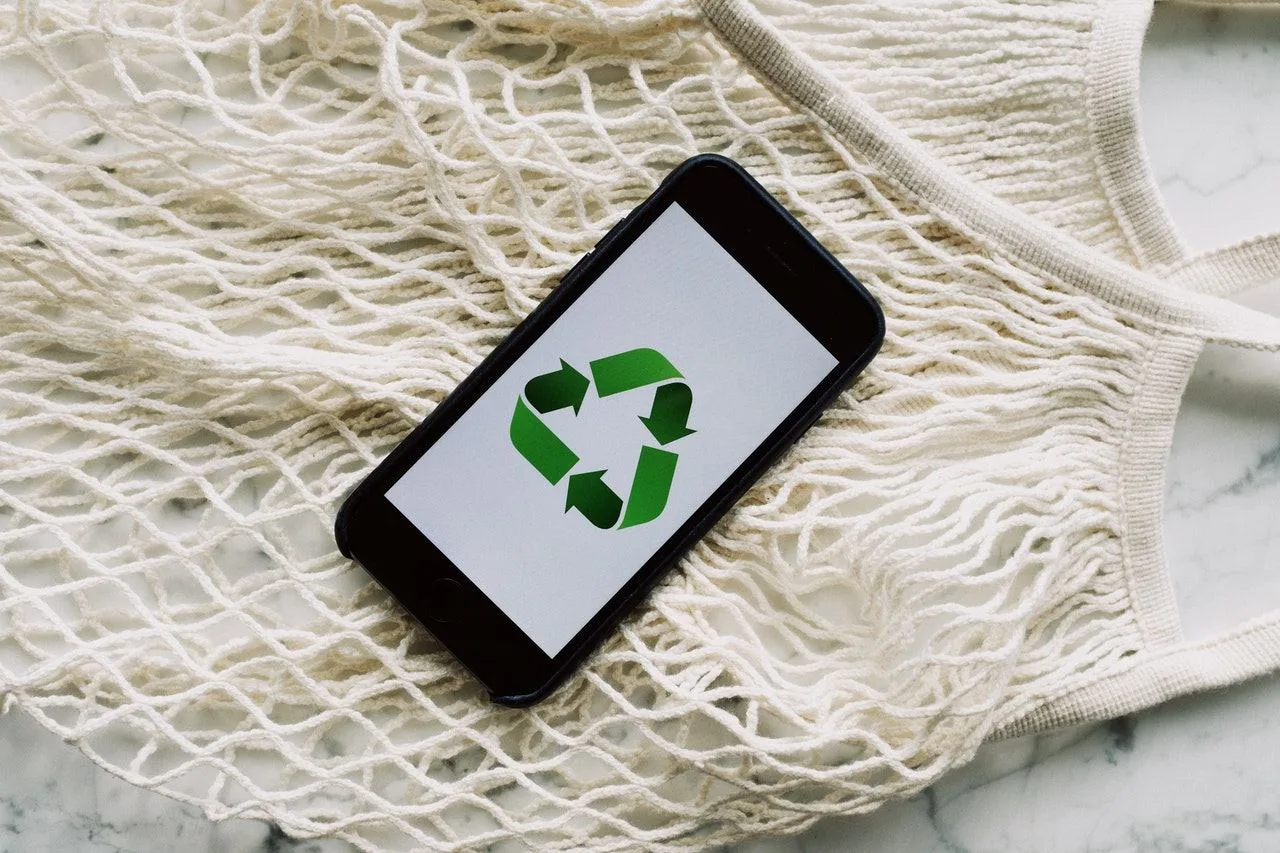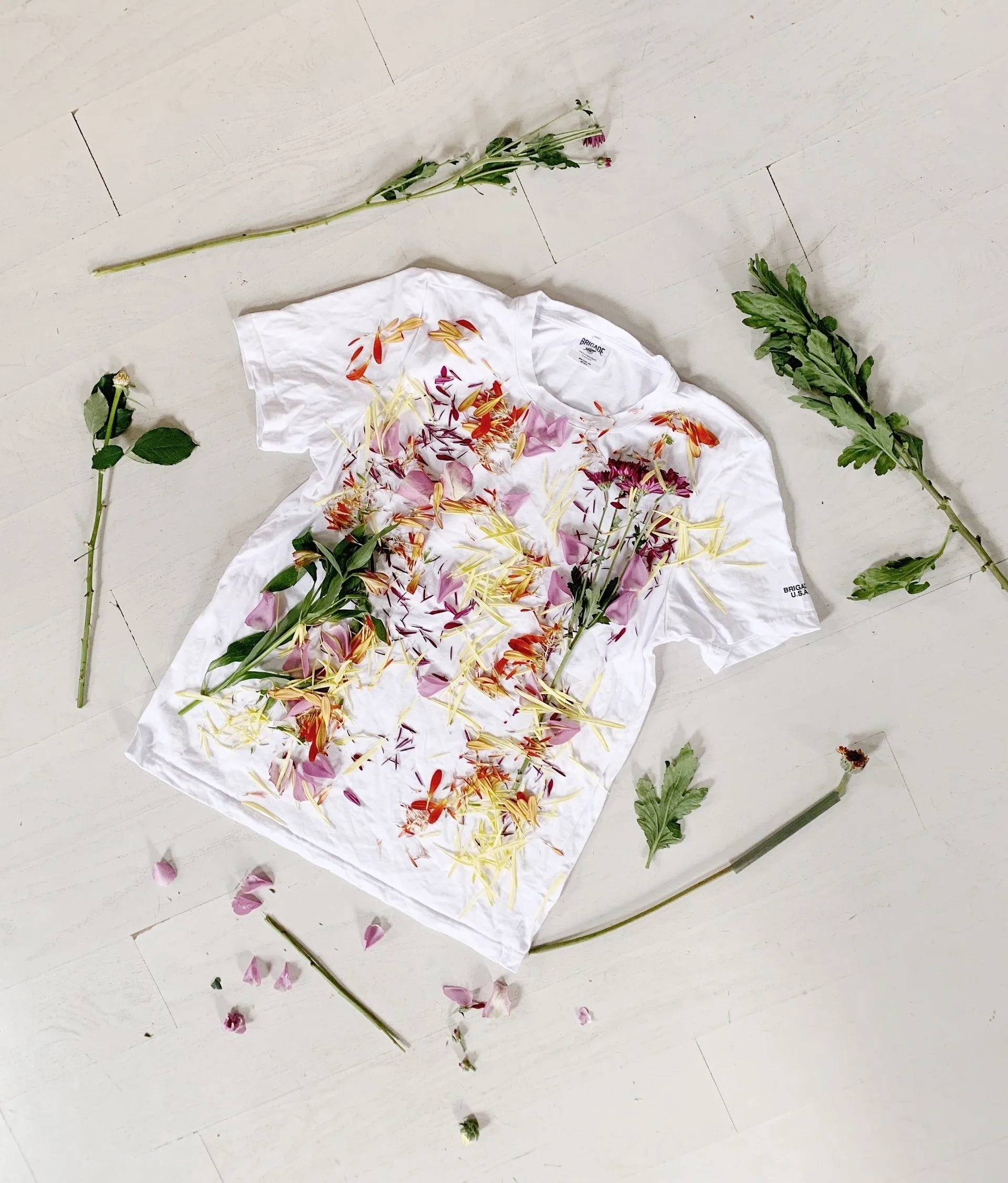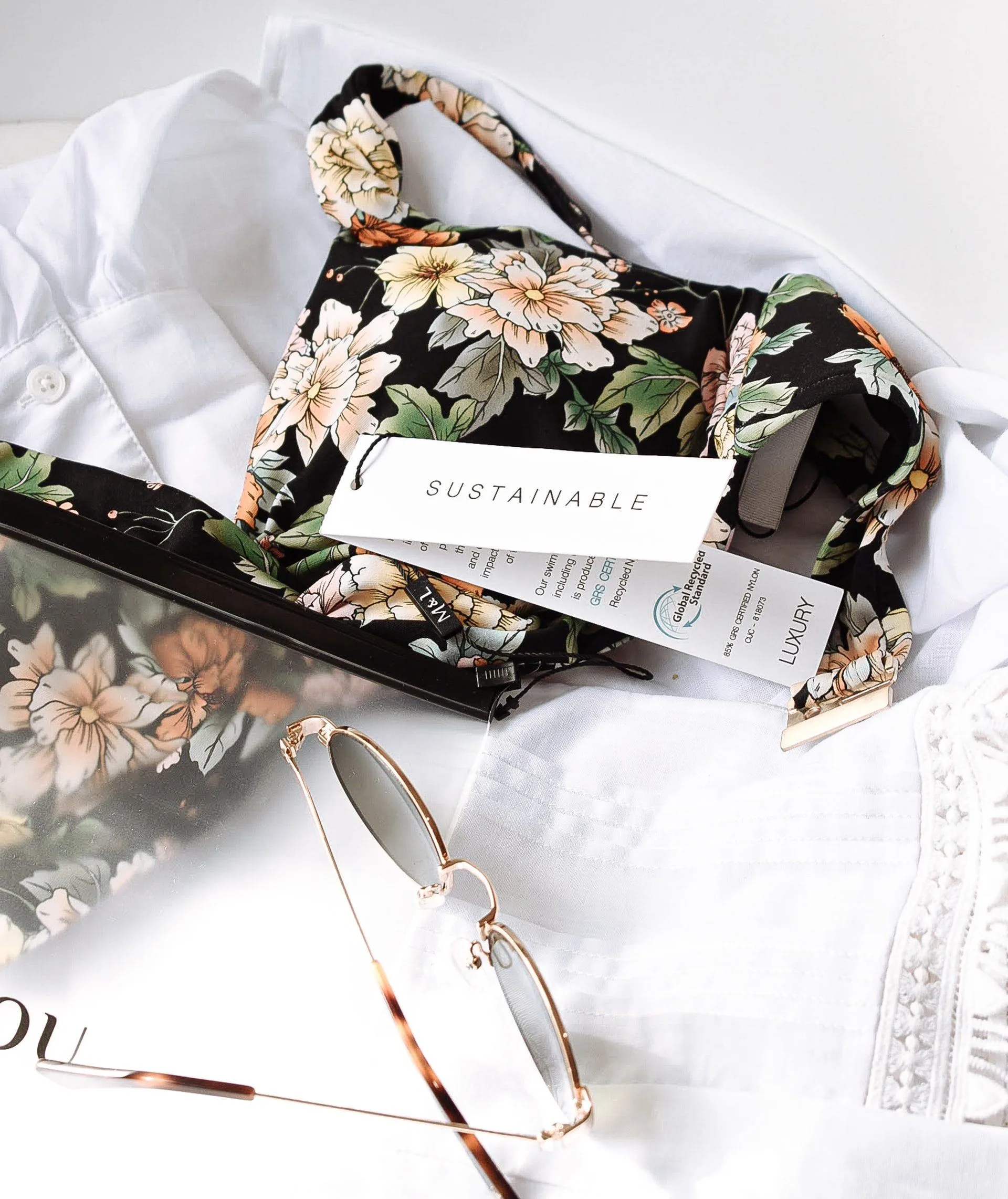Sustainability in fashion is becoming increasingly fashionable as people’s concern for the environmental effect of what they wear rises. According to the United Nations, the fashion sector contributes between 4 and 10 percent of global greenhouse gas emissions each year.
To be clear, we’re not talking about fashion that’s “recyclable.” Under this broad definition, clothing that is produced and utilized sustainably while respecting both the environment and the people who make it may be categorized as such.
CO2 emissions must be reduced while also addressing overproduction, reducing pollution and waste, encouraging biodiversity, and ensuring that garment workers are paid fairly and have safe working conditions.
There are still too few businesses now addressing all of these complex issues, and even those that do will admit that there’s always room for improvement when taking into account all the many factors.
This means that purchasing environmentally friendly goods isn’t enough; we also need to re-examine our shopping habits and the way we dress. After reading this guide, you’ll have the wardrobe you’ve always dreamed of having.
Sustainable Fashion Is Good For You and The Environment
Reduce, reuse, and recycle are the three pillars of sustainable fashion, which is a subset of eco-friendly fashion.
To encourage an alternate manner of dressing and a powerful representation of the wearer’s way of life and personality, this idea has been developed.
It’s founded on the age-old idea of long-term resource use. The number of toxins you bring into your life may be reduced by making a deliberate decision to choose organic fibers like cotton or hemp.
It’s ethical to make sustainable items, and all of them come from factories with excellent working conditions, so you know that the business from which you buy your clothing values its workers as much as you. If you’re willing to do your bit and switch to organic products, you should look into non-toxic, long-lasting renewable fibers.
How Sustainable Are Eco-Friendly Fashion Brands?
The word “sustainably” is a relative one. It takes many forms, shapes, and levels of intensity. Not all garment companies are long-term viable (it’s almost impossible).
Some companies are environmentally friendly because of the raw materials they use, others because of the manufacturing methods they use, and yet others because of the way their products are packaged.
Some businesses go so far as to plant trees to offset their carbon impact. Learn as much as you can about the brand’s materials and procedures before making a purchase decision, and don’t hesitate to ask any questions!
11 Tips To Deploy Sustainable Fashion Practices
Sustainable fashion emphasizes reducing the environmental effect, but it must also take into account the social consequences of its production. Yes, fashion can be both environmentally friendly and socially responsible.

Photo by ready made from Pexels
However, this can only be achieved if all stakeholders in the supply chain have access to decent working conditions, social security, and other fundamental human rights (that is not observed case of fast fashion). In the end, ecology and social justice are intimately linked.
1. Buy Less & Better Products
While the phrase “buy less and buy better” is overused, it’s critical to realize that an astounding 100 billion clothes are manufactured each year across the world.
Harriet Vocking, the chief brand officer of sustainability consultant Eco-Age, recommends asking yourself three critical questions before making a purchase: “What are you purchasing and why? What exactly do you require? How many times do you think you’ll wear it?
2. Shop Vintage & Second-hand Products
Consider purchasing pre-loved pieces for your wardrobe while shopping on sites like The RealReal, Vestiaire Collective, and Depop that make secondhand and vintage clothing more readily available.
Because of this, you’ll get more use out of your clothes, minimize your wardrobe’s environmental effect, and discover unique items that no one else will have. Inspiration may be found among vintage-loving celebrities such as Rihanna and Bella Hadid.
3. Avoid Greenwashing Techniques
Consumers’ growing awareness of their environmental impact has led to an increase in the prevalence of “greenwashing,” in which companies make imprecise, misleading, or fraudulent statements to imply that their product is more environmentally friendly than it really is. Discover whether companies can back up their promises, go beyond buzzwords like “sustainable”, “eco-friendly”, and “responsible.”
4. Add Pastels To Your Wardrobe
Nothing screams more eco-friendly than subdued pastel hues deployed in fashion. These white-based colors exude a sense of cleanliness and are highly suitable for emphasizing the nature-friendly appeal of your clothes.
These trend-setting color options are actively being picked up by sustainable fashion brands to highlight their eco-friendly appeal. Due to the calmer nature of pastel colors, they are brilliantly suited for adorning summer attire and still meet your sustainability goals.
5. Understand Your Fibres
When it comes to making more environmentally friendly choices, knowing the effect of the products you use is critical.
A reasonable rule of thumb is to stay away from virgin synthetics like polyester, which accounts for around 55% of the world’s clothing and takes decades to decompose.
Organic cotton, for example, requires a lot less water than conventional cotton and is grown without the use of hazardous pesticides.

Photo by Tim Douglas from Pexels
6. Identify Scientific Targets of Brands
Whether a company is serious about minimizing its environmental effects, look to see if it has committed to scientific goals.
Gucci’s owners Kering and Burberry are also part of the Science-Based Targets Initiative. Thus, their CO2 emission reduction targets must be in accordance with the Paris Agreement.
7. Minimize Your Water Footprint
We should all be more concerned about the water footprint of our clothing, given that textile manufacturing consumes an astounding 93 billion cubic meters of water yearly, which is equal to 37 million Olympic swimming pools.
Organic cotton, as previously stated, consumes 91% less water than conventional cotton, while the use of low-water colors also lowers water usage (90% less, according to one research).
8. Take Care of Your Existing Wardrobe
To ensure that your clothes don’t wind up cluttering waste sites after just a few uses and to reduce your environmental impact, it’s critical to extend the life of your clothing.
Overwashing can shorten the life of your clothing and increase your water and CO2 emissions. Also, mend your garments instead of tossing them away to extend their lifespan.
9. Minimize Micro Plastic Pollution
The fact that it’s impossible to completely eliminate synthetics means that washing clothing may unleash millions of microplastics into our rivers and seas, harming marine life that consumes the microscopic plastic particles.
This problem may be easily solved by purchasing microplastics filters, such as a specially-designed washing bag, which can be used in the washing machine.
10. Re-Sell Your Clothes
Be mindful of how you get rid of your clothing while organizing your wardrobe to avoid having them wind up in a landfill. The easiest method to guarantee your clothes have a second life is to resell them or organize a clothes exchange.
You can also donate your old clothes to charities and organizations that need them. Where feasible, seek recycling programs that accept worn-out goods that can no longer be repaired or utilized.
11. Support Brands That Have A Positive Impact
While many fashion companies focus on minimizing their effects, others, like Mara Hoffman and Sheep Inc, are looking for ways to make a positive influence.
Regenerative agriculture seeks to restore soil health and biodiversity by using agricultural techniques such as non-tilling and planting cover crops.

Photo by Anna Sullivan on Unsplash
What Is The Future Of Sustainable Fashion?
The path to a bright and sustainable fashion future seems to be well-marked. The mainstreaming of sustainable fashion is being embraced by both customers and businesses, who are making buying choices based on it.
At least 66% of customers are ready to pay a premium for a product that was produced using sustainable materials. Innovations in banana, bamboo, and pineapple fibers, for example, have been made feasible by technological advancements.
To stay ahead of the curve, businesses and customers are striving to be more open to sustainable trends and developments and integrate them into their products and business practices as they come under a proper budget
Conclusion
Some clothing is better for the environment than others. Clothes are only as good as the materials they’re made from and the circumstances they’re produced in, both of which may be questionable.
Clothes also generate trash, which is harmful to the environment. Nowadays, people purchase much more clothing than they need and dispose of them at such a rapid pace that our landfills are overflowing with them.
Most of these garments are constructed from non-recyclable materials that will deteriorate over time in the hundreds of years. There are, however, businesses and brands that are dedicated to eliminating the negative problems caused by clothing by adopting ethical and sustainable fashion. Although adopting ethical and sustainable fashion is good.
They will not compromise. Individuals may also reduce their environmental effects by changing the way they buy and dress.





![women [longevity live]](https://longevitylive.com/wp-content/uploads/2020/01/photo-of-women-walking-down-the-street-1116984-100x100.jpg)










